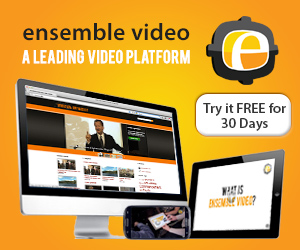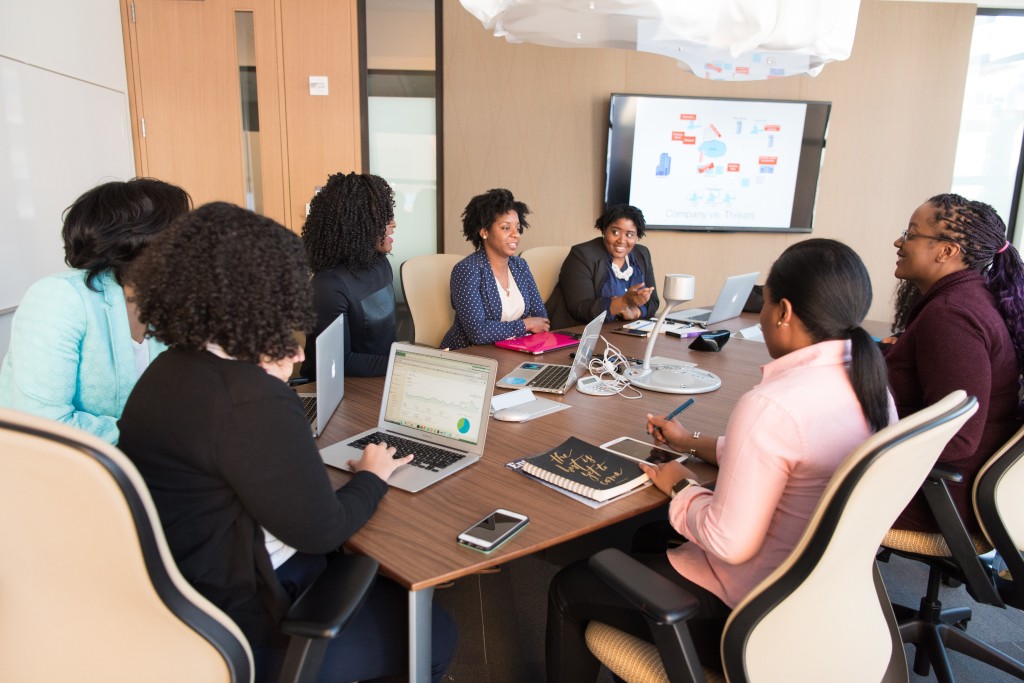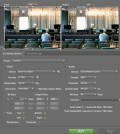How to Share Your University’s Online Video Platform With Public Audiences (While Keeping Some Videos Private)

All universities have to restrict some video content to their faculty and staff. That includes lectures, videos with specific licensing requirements, student video projects and intellectual property. But, there are also videos that universities want to make available to the general public. Those include graduation and sporting event live streams, special speakers or recruitment materials.
Do you need separate online video platforms for your university’s internal content and your public-facing videos? Luckily, the answer is no. Your university can keep some videos restricted to staff and students and make others available to the general public. Here’s how you can use one online video platform to do both:
Use separate video portals for private and public content
If your online video platform allows you to create unlimited department or course portals, one effective way to keep public and private content isolated from each other is to leverage separate portals for that content.
You can make your private portal accessible only from your university’s learning management system (LMS). Then, your private video content will only be available to students and faculty with official logins.
At the same time, you can make your public video portal available from your main website. This is a sure way to keep your videos for separate audiences organized and secure.
Many universities opt for a seamless online experience for their viewers and choose to use their institution’s branding on their public-facing video portals. An online video platform like Ensemble Video will allow you to do this. A tool like YouTube will not. If your university is exploring options for sharing videos online, personal branding and the overall experience of your users is something you should consider.
Put appropriate security settings in place across your online video platform
Your university may choose not to use separate video portals for public and private videos. That’s okay! You can still restrict access to some videos while making others public.
With an online video platform with robust security features, you can set unique restrictions for a single video, a course library or playlist, an entire organization (like your business school or marketing department) or your entire college.
Ensemble Video makes it easy to give portals, playlists, and videos their own individual security settings, like:
-
Identifying one or a list of users that can view restricted content
-
Creating custom passwords for protected content
-
Selecting a group that can view specific video content
-
Restricting viewing to an LMS or CMS platform
-
Restricting viewing to a custom video portal
-
Restricting streaming to a specific number of viewers at one time
-
Restricted viewing to a specific IP range or address
This wide range of features ensures only the right audiences can see your video content.
Share videos with permalinks, embed codes and YouTube integration
Once your private content is secured, if you have a video you want to share with a broader audience, you can create permalinks from your online video platform to share on social media or in emails. Or, you can embed individual videos in prominent places on your website or anywhere else online.
Of course, using a custom online video platform for your university doesn’t mean you can’t also share videos on YouTube. In fact, Ensemble Video offers a YouTube integration that allows you to publish your university’s videos directly from Ensemble to your YouTube account. There, even more viewers can discover your videos.
With an online video platform for your university, you can have the best of both worlds when it comes to sharing and securing your content.
Ensure your videos are accessible
It’s not enough to make your videos available to the public. All your videos — either public or private — should have the right features in place to be accessible to every member of your audience.
Important accessibility features for your public online video platform include:
-
Closed captions “on” by default
-
Interactive transcripts
-
Audio descriptions
-
Screen reader support
-
Keyboard shortcuts
-
Multi-language captions and closed caption editor
At-a-Glance Comparison Guide: Is Ensemble Video the Right Video Platform for Your University?
Looking for the right video platform for your institution can be overwhelming. We’re here to help. Our At-a-Glance Guide walks you through the factors you need to consider. It also gives you a look at how Ensemble stacks up to other video platforms.











You must be logged in to post a comment Login